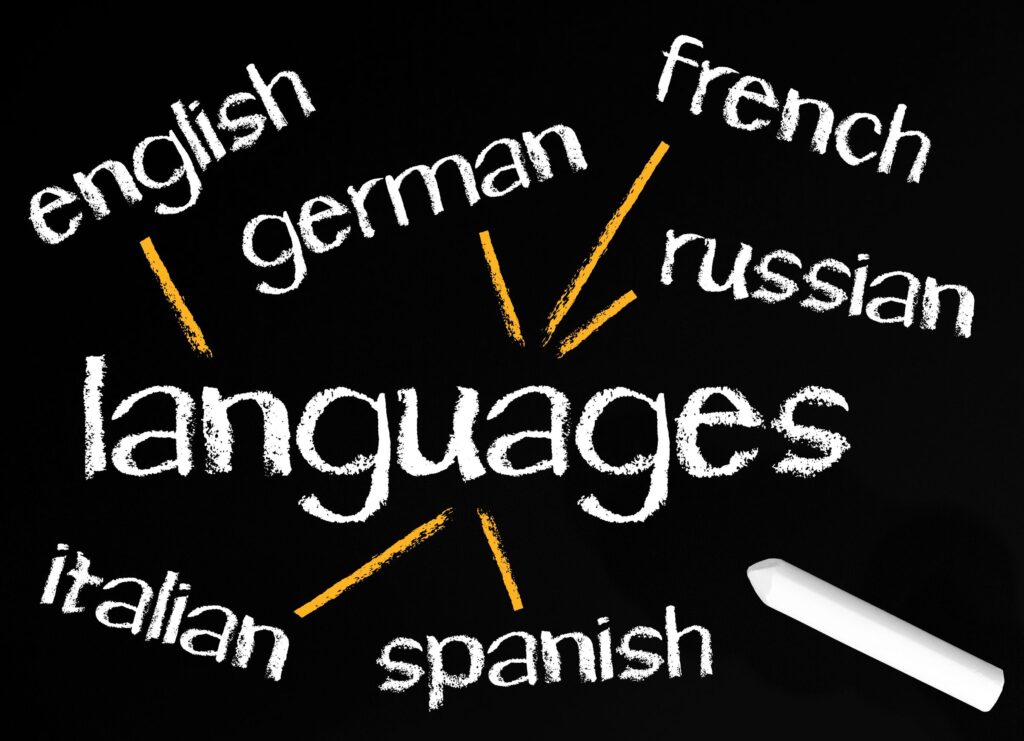Labor Day has been around for over 100 years, but do you know how this holiday began and the other fun facts about the day we pay tribute to workers? Learn more about it in this article!
The events surrounding Labor Day contributed to one of the most volatile periods in American history, from the awful working conditions that sparked the labor movement to the enormous walkout that led to Congress establishing the first Monday in September a legal holiday. We’ve included plenty of facts regarding those trying days, as well as delving into some lighter issues, such as some fun facts that happened over the years.
Why Is Labor Day Celebrated?
Labor Day, an annual celebration of workers and their accomplishments, began amid one of the most difficult periods in American labor history.
To make a living in the late 1800s, at the height of the United States’ Industrial Revolution, the ordinary American worked 12-hour days and seven-day weeks. Children as young as 5 or 6 worked in mills, despite limitations in some jurisdictions, and they earn only a fraction of what adults earn.
People of all ages, especially the impoverished and recent immigrants, typically worked in hazardous conditions with little access to fresh air, sanitary facilities, or breaks.
Labor unions, which had initially formed in the late 18th century, grew more influential and vociferous as industrial gradually superseded farmland as the source of American employment. To protest terrible working conditions and force employers to renegotiate hours and compensation, they began organizing strikes and protests.
History and Origin Behind Labor Day
With the first Monday in September, Labor Day is marked to honor the sacrifices and accomplishments of daily working families.
On September 5, 1882, the first Labor Day holiday was recognized in New York City. Following the deaths of 13 workers during the Pullman Strike in June 1894, President Grover Cleveland made it a top political priority to reconcile with the labor movement. In 1894, Labor Day was declared as a federal holiday.
The Pullman Palace Car Company slashed wages in its plants during the early 1890s economic slump. Disgruntled workers formed the American Railway Union (ARU), led by Eugene V. Debs, which supported their strike by launching a nationwide boycott of all Pullman vehicles.
The federal government ordered troops to Chicago to break the Pullman strike, resulting in a wave of violence that killed more than a dozen workers.
In the aftermath of the huge turmoil, Congress approved legislation making Labor Day a legal holiday in the District of Columbia and the territories in an attempt to mend ties with American workers.
Then, on the 28th of June 1894, President Grover Cleveland signed it into law. Even though he was the one that signed it into law, the true founder of Labor Day is still unknown. A lot of people give credit to the cofounder of the American Federation of Labor, Peter. J. McGuire. Nonetheless, there is still no official declaration on whom the founder truly is.
Fun Facts About Labor Day
Labor Day has been observed in the United States on the first Monday of September for almost 125 years, which means Labor Day in 2021 will be on September 6th. However, the roots of this celebration have been lost to the passage of time. This is now considered the unofficial end of summer, the dreaded return to school for children throughout the country, and a chance to get a good price on a mattress.
With over a century of history to wade through, you’d be excused if you didn’t know where the holiday came from. So, here are some fun facts about Labor Day!
New York City is where the first Labor Day parade happened.
If you worked in a factory in the 1880s, you probably worked 60 hours a week on average, and it wasn’t uncommon for textile laborers in New York to earn only 75 cents per day, which was a pittance even at the time. On September 5, 1882, labor activists organized the first Labor Day march to draw attention to these terrible working conditions.
According to a New York Times report from September 6, 1882, the march drew close to 10,000 people. Marchers held placards that said, “Eight Hours for a Legal Day’s Work” and “Less Hours, More Pay.” The demonstration was described as “nice” and “orderly” by the New York Times.
There were attempts to make “Labor Sunday” a holiday.
The American Federation of Labor designated Labor Sunday, in 1909, as an occasion to concentrate on the spiritual and educational aspects of the labor movement. Although it never truly caught on with the public, it is recognized by some churches and religious organizations during Sunday services.
Yes, you can wear white after Labor Day.
Have you heard of the age-old myth that says you can’t wear white after Labor Day? The reason behind it tends to change from state to state, but there’s actually no basis for you to not wear white after Labor Day.
You may disregard the age-old notion that you shouldn’t wear white after Labor Day—most fashion moguls say there’s nothing wrong with it, and the “law” has always been arbitrary.
Labor Day weekend is the busiest weekend to travel.
Labor Day weekend is one of the biggest travel weekends of the year. According to AAA, the number of people traveling this weekend has increased. Over 35.5 million individuals traveled by a car last year, accounting for 85.8% of total traffic.
So, where are they all going? The east coast beaches were the most talked about locales this time last year, according to Twitter chats. South Beach, Myrtle Beach, and Coney Island are just a few of the places that frequently appear on Social Media.
We hope that you enjoy Labor Day celebrations this 2021! Now that you know how it began, its history, as well as some fun facts about it, you can have a deeper appreciation for this holiday.
We provide accurate translation services
We at eTranslation Services join the whole nation in recognizing and honoring the American labor movement and their contribution to the country’s success over the years. As one of the country’s labor forces, we understand the heavy load we carry on our shoulders because of the ongoing pandemic. We assure our clients that we are always ready to meet their language services requirements. Our native-speaking translators live in-country, and we can easily connect you with any of them. You can send in your translation requirements through email at [email protected]. You can also reach us at (800) 882-6058 if you find this more convenient.



